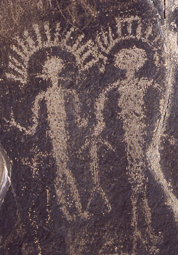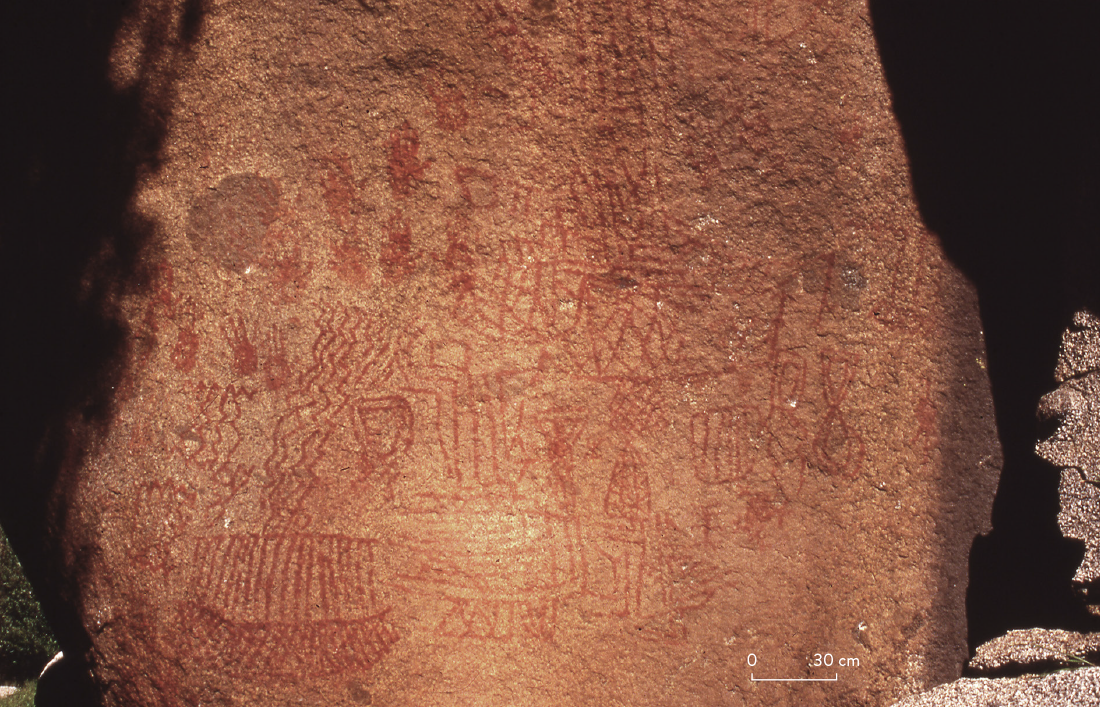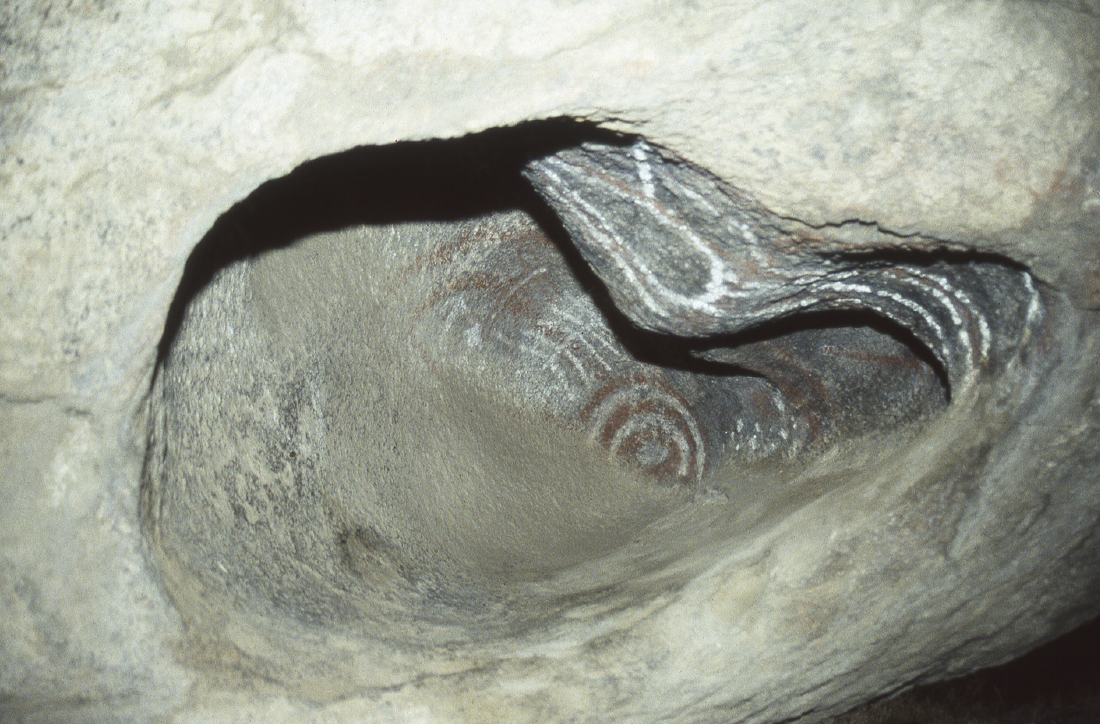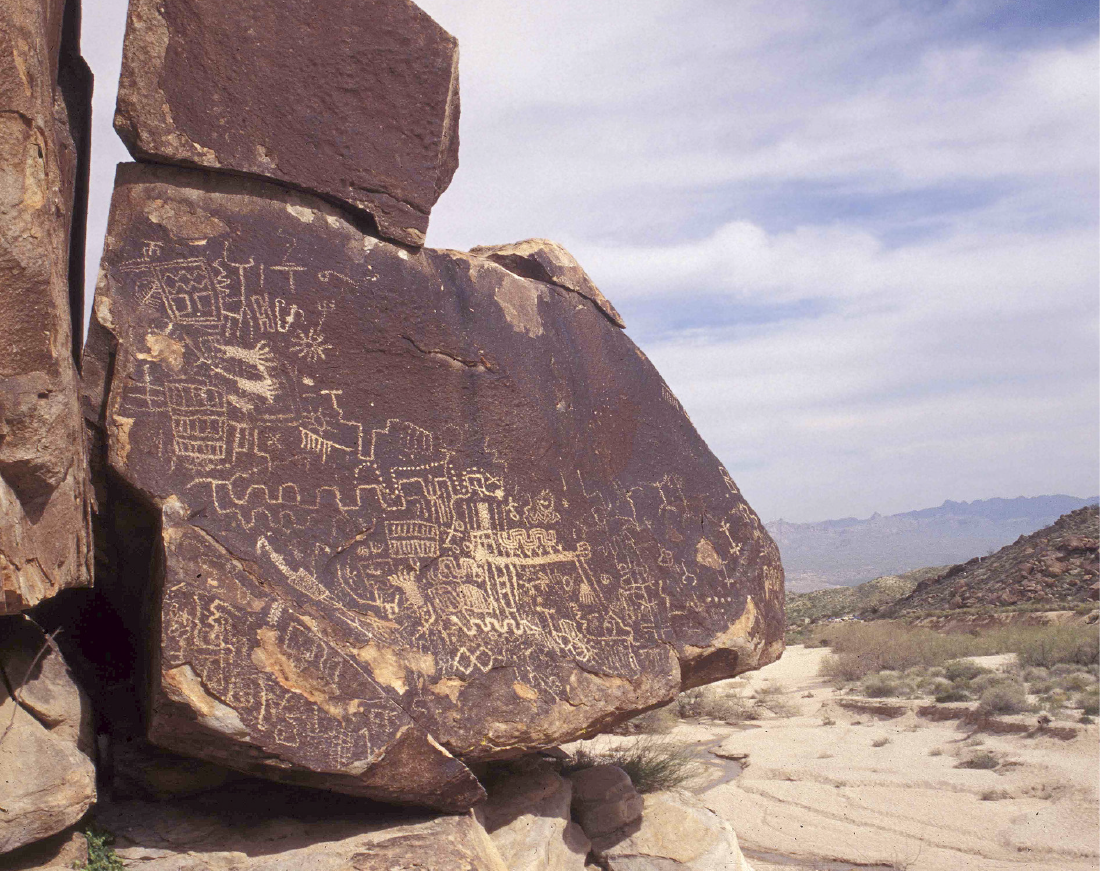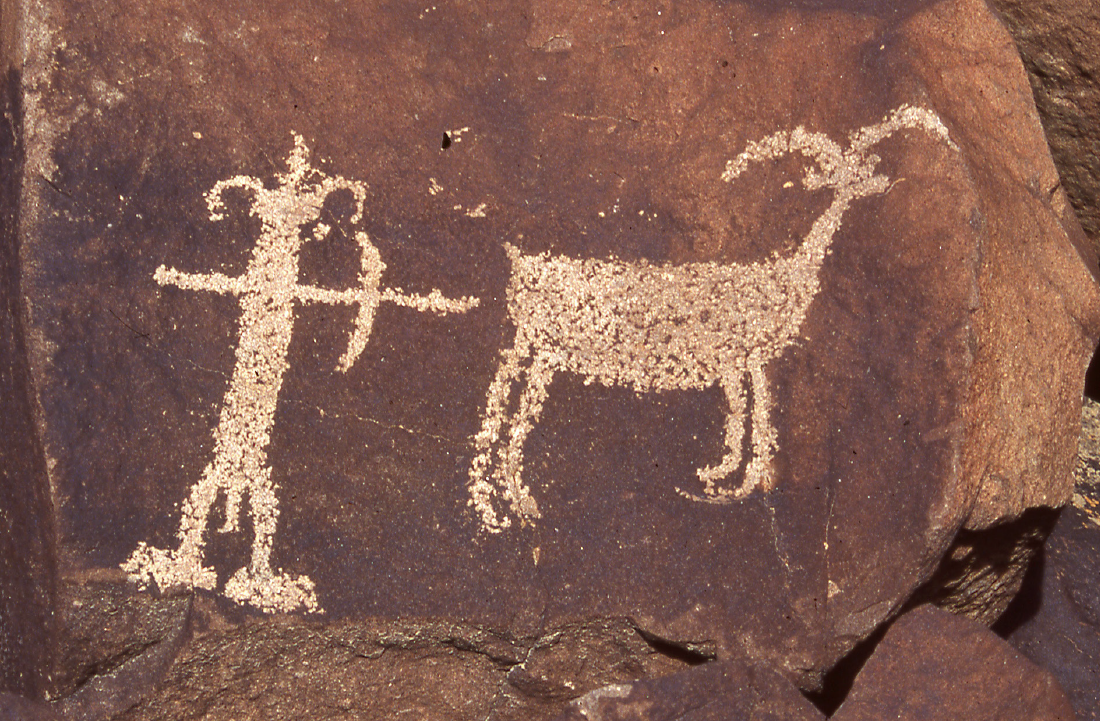Ethnography, shamanism, and Far Western North American rock art
Etnografía, chamanismo y arte rupestre del Lejano Oeste norteamericano
Far Western North America has a very detailed ethnographic record which includes significant details about shamanism and its relationship to rock art. The ethnographic evidence from three culture areas (Californian, Great Basin, and Columbia-Fraser Plateau) is summarized here. This shows widespread ties between the art and portrayals of visionary experiences, believed to be signs of the acquisition of supernatural power. The ethnography also demonstrates substantial differences in the origins of the art, especially in terms of the social groups and rituals responsible for its creation as well as its relationship to mythology. The ethnography further illustrates the fact that different styles of rock art were sometimes created by different social groups for different functions within the same culture and time period. Shamanism, in this sense, is a context within which rock art may be analyzed and interpreted, but not a final explanation for its presence.
Keywords: rock art, shamanism, ethnography, Far Western North America, symbolic interpretation.
Aginsky, B. 1943. Culture Element Distributions: xxiv, Central Sierra. Anthropological Records 8 (4): 393-468.
Alvarez, A. 1983. Cocopa. In Handbook of North American Indians, A. Ortiz, ed., vol. 10: Southwest, pp. 99-112. Washington dc: Smithsonian Institution.
Applegate, R. 1978. Atishwin: The Dream-Helper in South-Central California. Socorro: Ballena Press.
Bean, L. 1975. Power and Its Application in Native California. In Native Californians: A Theoretical Retrospective, L. Bean & T. Blackburn, eds., pp. 407-420. Socorro: Ballena Press.
Bourke, J. 1889. Notes on the Cosmogony and Theogony of the Mojave Indians of the Rio Colorado, Arizona. Journal of American Folklore 2 (4): 169-189.




